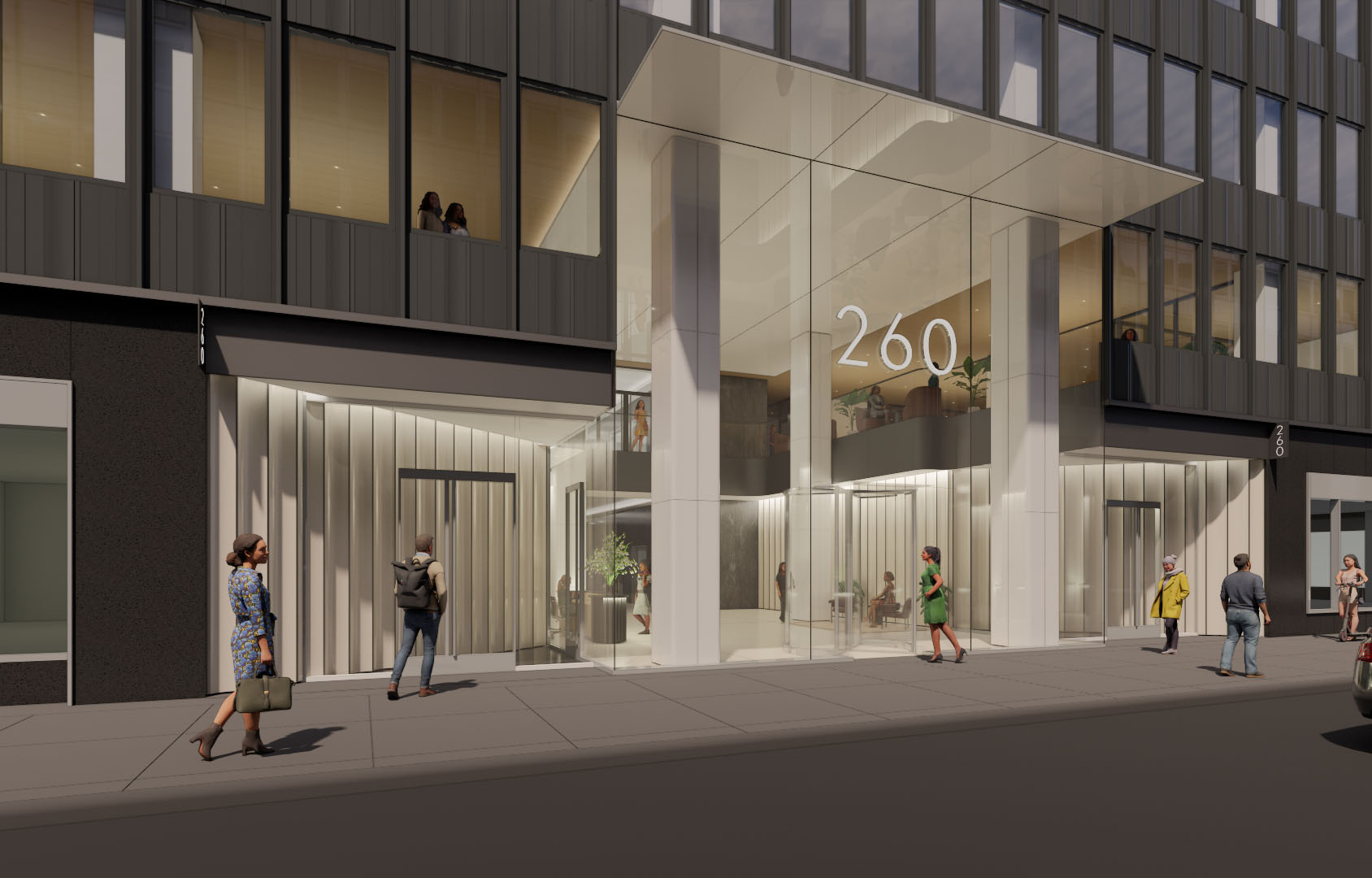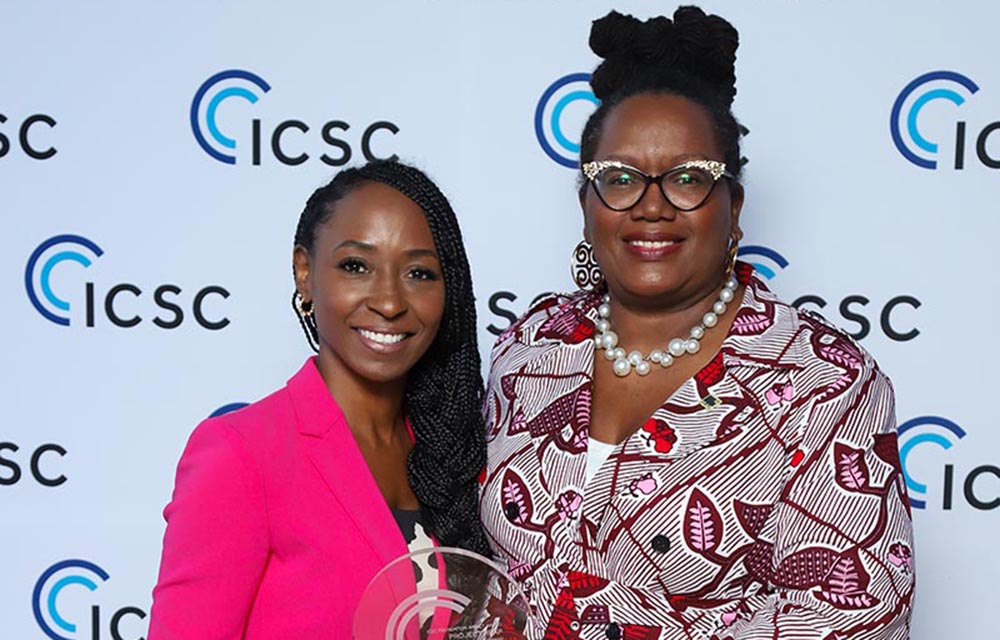New York City retailers and restaurateurs face unprecedented challenges in today’s market - by Joseph Aquino

JAACRES
New York City retailers and restaurateurs may, for the first time, see the availability of percentage-of-sales deals on a large scale. In a lease of that sort, the tenant does not pay a base rent, but a percentage of their sales income—which typically ranges between eight and 12%. Jewelers typically pay a lower percentage, since their sales income will be quite high compared to, say, a takeout food vendor.
People’s buying habits have changed in response to COVID-related restrictions on travel and social interaction. Local laws prohibiting restaurants from working at full occupancy have a lot to do with this. So does the increased popularity of on-line shopping for non-food items, and a consequent reduction of impulse purchases.
With international travel down 93% in New York City, and local companies now expecting to return to their offices in July 2021 rather than in January as was once anticipated, it makes sense for the merchants who are willing to work through these tough pandemic times to stay in business and convert to a percentage-of-sales lease, rather than be driven out of business by fixed rents that might be prohibitively high under the circumstances.
Richard Branson, founder of Virgin Airways, just released a video on LinkedIn saying he feels it will take two to three years for tourist travel to return to pre-COVID levels. He also suggested that pre-COVID levels of business travel may never return. Businesspeople have adjusted fine to Zoom meetings and other methods of keeping in contact with distant colleagues. Companies used to take two weeks to travel to 10 cities—to raise money from investors, or to share its plans with vendors or clients—but now they can accomplish the same goals in one or two days of Zoom meetings. (Mr. Branson did say that at a certain point, businesspeople will usually have to close their deals face-to-face, but business travel will not be as frequent as in the past.)
My own belief is that if COVID did not present a mortal danger (in some cases), travel would return once our government claims it is safe to travel—but as matters stand now, in my opinion, people will still want to wait another year or two before they chance it.
The Metropolitan Transit Authority (MTA), which oversees The Grand Central Terminal, has seen ridership go so low at the terminal that it is seeking approval from its board of directors for a plan that would allow their smaller retailers and food vendors (which lack a national footprint) to renegotiate their leases on a percentage-of-sales basis.
Retail sales at Grand Central in recent years have ranged from $1,800 to $3,500 per s/f—but with ridership down to 66,000 daily riders from the pre-COVID level of 300,000, retailers are finding it hard to achieve anything close to those numbers. If the MTA approves percentage-of-sales leasing, struggling tenants will have an incentive to stay open and fight through this pandemic, while making their overhead and possibly even seeing a profit.
The United Kingdom has given relief to their restaurants via extended relief from the value-added tax (VAT), which is a sort of national sales tax. Equivalent relief from the State of New York and/or New York City might prove feasible here.
The overall retail leasing situation is far from hopeless. I am still getting some deals done with restaurants and other retailers, as well as office tenants—but not at pre-COVID levels. Some of these deals include close to a year’s free rent, and others include rent reductions of as much as 50%. Some deals include both reduced rent, and rent-free time.
I see an eventual recovery as inevitable. But meanwhile, both landlords and tenants of retail property will have to face a reality harsher than they probably ever could have imagined.
Joseph Aquino is the president of JAACRES, New York, N.Y.
AmTrustRE completes $211m acquisition of 260 Madison Ave.


Strategic pause - by Shallini Mehra and Chirag Doshi

Behind the post: Why reels, stories, and shorts work for CRE (and how to use them) - by Kimberly Zar Bloorian

Lasting effects of eminent domain on commercial development - by Sebastian Jablonski









.jpg)

.gif)